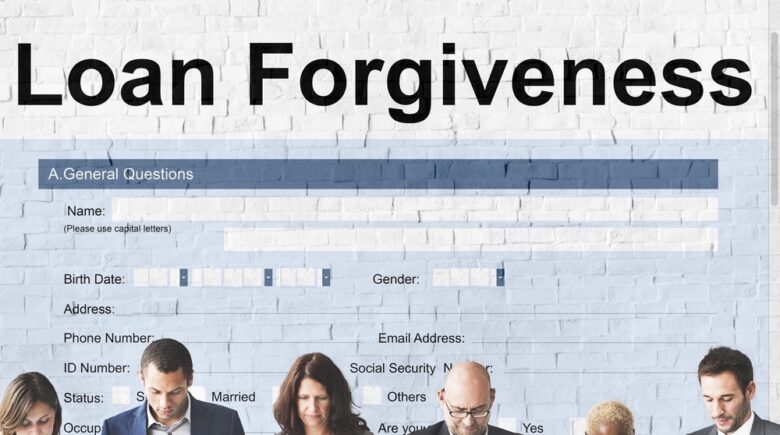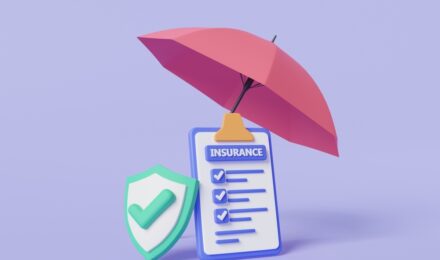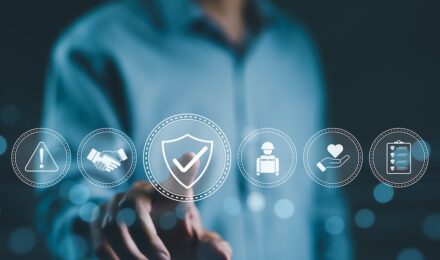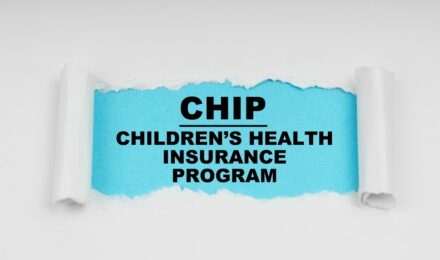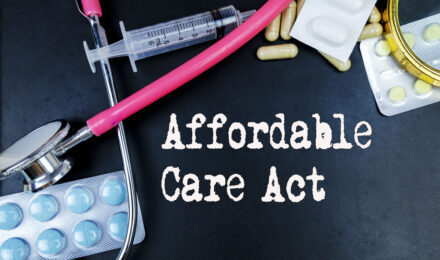Student loan debt remains one of the most pressing financial challenges for American households. According to the U.S. Department of Education, more than 43 million borrowers owe a combined total of over $1.6 trillion in federal student loans. For many, loan forgiveness offers a pathway to financial relief. In 2025, several forgiveness options remain active, but each comes with specific rules and application steps.
The Current Landscape of Student Loan Forgiveness
Over the last few years, federal student loan policy has shifted significantly. The Supreme Court blocked one broad debt cancellation plan, but targeted forgiveness programs continue. Borrowers must now rely on existing federal programs that address specific circumstances, such as public service employment or income-driven repayment.
Public Service Loan Forgiveness (PSLF)
PSLF remains the most well-known path to forgiveness. Under this program, borrowers working full-time in eligible nonprofit or government positions may qualify for cancellation after 120 qualifying payments. These payments must be made under a qualifying repayment plan while employed at an approved organization.
Recent adjustments have made PSLF more accessible. Some past payments that previously did not count may now be credited through the PSLF waiver and income-driven repayment (IDR) account adjustment process. Borrowers should verify their status by submitting an employment certification form through the Department of Education’s PSLF Help Tool.
Income-Driven Repayment Forgiveness
Income-driven repayment (IDR) plans set monthly payments based on income and family size. After 20 to 25 years of consistent payments, depending on the plan, any remaining balance is forgiven.
In 2025, the new Saving on a Valuable Education (SAVE) plan has replaced the Revised Pay As You Earn (REPAYE) plan. SAVE provides lower monthly payments for many borrowers and shortens forgiveness to as little as 10 years for those who borrowed smaller amounts.
Borrower Defense to Repayment
Students who attended schools that misrepresented job placement rates, costs, or accreditation may qualify for loan forgiveness through Borrower Defense to Repayment. Successful claims can result in full cancellation and even refunds of past payments. The Department of Education continues to process claims against institutions with documented misconduct.
Forgiveness for Teachers and Healthcare Workers
Teachers may qualify for up to $17,500 in forgiveness under the Teacher Loan Forgiveness Program if they work in low-income schools for at least five years. Healthcare professionals working in shortage areas may also access targeted forgiveness through federal and state programs. These benefits often overlap with PSLF, allowing some borrowers to combine eligibility pathways.
One Practical List: Steps to Apply
Borrowers seeking forgiveness should approach the process methodically. The following steps improve the chance of approval:
- Identify which forgiveness program best matches your situation.
- Gather documentation, such as employment certification forms or income records.
- Use the official Federal Student Aid website to submit applications and track progress.
- Stay updated on deadlines, as temporary waivers and adjustments can affect eligibility.
- Keep copies of all communications with loan servicers for future reference.
Common Challenges for Borrowers
Applying for forgiveness is not always straightforward. Many borrowers struggle with complex forms, inconsistent information from loan servicers, or long processing delays. Others miss opportunities because they do not certify employment regularly under PSLF or fail to update income records for IDR plans.
Patience and persistence are vital. Borrowers should follow up with servicers, verify documentation, and use Department of Education resources to avoid mistakes.
Final Thoughts
Student loan forgiveness is not automatic. It requires careful attention to program rules, regular documentation, and persistence through the application process. In 2025, PSLF, income-driven repayment forgiveness, borrower defense, and professional-specific programs remain valuable tools for reducing long-term debt.
For borrowers overwhelmed by loan balances, understanding and pursuing these programs can be life-changing. Starting early and staying organized ensures the best chance of success.
References
- U.S. Department of Education – Student Aid
- Public Service Loan Forgiveness Help Tool
- Income-Driven Repayment Plans
- Teacher Loan Forgiveness
Student loan debt remains one of the most pressing financial challenges for American households. According to the U.S. Department of Education, more than 43 million borrowers owe a combined total of over $1.6 trillion in federal student loans. For many, loan forgiveness offers a pathway to financial relief. In 2025, several forgiveness options remain active, but each comes with specific rules and application steps.
The Current Landscape of Student Loan Forgiveness
Over the last few years, federal student loan policy has shifted significantly. The Supreme Court blocked one broad debt cancellation plan, but targeted forgiveness programs continue. Borrowers must now rely on existing federal programs that address specific circumstances, such as public service employment or income-driven repayment.
Public Service Loan Forgiveness (PSLF)
PSLF remains the most well-known path to forgiveness. Under this program, borrowers working full-time in eligible nonprofit or government positions may qualify for cancellation after 120 qualifying payments. These payments must be made under a qualifying repayment plan while employed at an approved organization.
Recent adjustments have made PSLF more accessible. Some past payments that previously did not count may now be credited through the PSLF waiver and income-driven repayment (IDR) account adjustment process. Borrowers should verify their status by submitting an employment certification form through the Department of Education’s PSLF Help Tool.
Income-Driven Repayment Forgiveness
Income-driven repayment (IDR) plans set monthly payments based on income and family size. After 20 to 25 years of consistent payments, depending on the plan, any remaining balance is forgiven.
In 2025, the new Saving on a Valuable Education (SAVE) plan has replaced the Revised Pay As You Earn (REPAYE) plan. SAVE provides lower monthly payments for many borrowers and shortens forgiveness to as little as 10 years for those who borrowed smaller amounts.
Borrower Defense to Repayment
Students who attended schools that misrepresented job placement rates, costs, or accreditation may qualify for loan forgiveness through Borrower Defense to Repayment. Successful claims can result in full cancellation and even refunds of past payments. The Department of Education continues to process claims against institutions with documented misconduct.
Forgiveness for Teachers and Healthcare Workers
Teachers may qualify for up to $17,500 in forgiveness under the Teacher Loan Forgiveness Program if they work in low-income schools for at least five years. Healthcare professionals working in shortage areas may also access targeted forgiveness through federal and state programs. These benefits often overlap with PSLF, allowing some borrowers to combine eligibility pathways.
One Practical List: Steps to Apply
Borrowers seeking forgiveness should approach the process methodically. The following steps improve the chance of approval:
- Identify which forgiveness program best matches your situation.
- Gather documentation, such as employment certification forms or income records.
- Use the official Federal Student Aid website to submit applications and track progress.
- Stay updated on deadlines, as temporary waivers and adjustments can affect eligibility.
- Keep copies of all communications with loan servicers for future reference.
Common Challenges for Borrowers
Applying for forgiveness is not always straightforward. Many borrowers struggle with complex forms, inconsistent information from loan servicers, or long processing delays. Others miss opportunities because they do not certify employment regularly under PSLF or fail to update income records for IDR plans.
Patience and persistence are vital. Borrowers should follow up with servicers, verify documentation, and use Department of Education resources to avoid mistakes.
Final Thoughts
Student loan forgiveness is not automatic. It requires careful attention to program rules, regular documentation, and persistence through the application process. In 2025, PSLF, income-driven repayment forgiveness, borrower defense, and professional-specific programs remain valuable tools for reducing long-term debt.
For borrowers overwhelmed by loan balances, understanding and pursuing these programs can be life-changing. Starting early and staying organized ensures the best chance of success.
